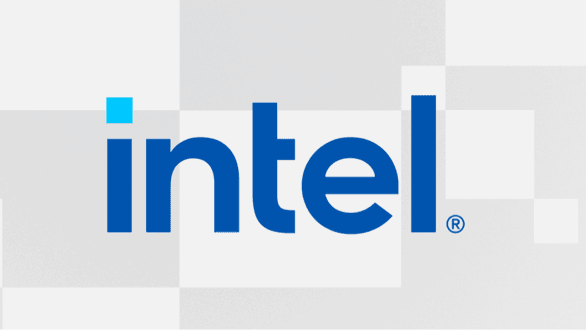- Joined
- Oct 9, 2007
- Messages
- 47,894 (7.38/day)
- Location
- Dublin, Ireland
| System Name | RBMK-1000 |
|---|---|
| Processor | AMD Ryzen 7 5700G |
| Motherboard | Gigabyte B550 AORUS Elite V2 |
| Cooling | DeepCool Gammax L240 V2 |
| Memory | 2x 16GB DDR4-3200 |
| Video Card(s) | Galax RTX 4070 Ti EX |
| Storage | Samsung 990 1TB |
| Display(s) | BenQ 1440p 60 Hz 27-inch |
| Case | Corsair Carbide 100R |
| Audio Device(s) | ASUS SupremeFX S1220A |
| Power Supply | Cooler Master MWE Gold 650W |
| Mouse | ASUS ROG Strix Impact |
| Keyboard | Gamdias Hermes E2 |
| Software | Windows 11 Pro |
With AMD having launched its new processor generation, all eyes are now on the Core Ultra 200 series "Arrow Lake." We finally have some idea about its launch date, thanks to a leak by Benchlife.info. Apparently, Intel is launching the Core Ultra 200 "Arrow Lake-S" series processor family on October 10, 2024. At this point it's not known if this will be a low-key media event, or a completely online launch, since Intel has pulled the plug on the Innovation 2024 event, which would have been the launchpad for these processors. The October 10 date aligns with past rumors that pointed to a Q4-2024 launch for at least the -K and -KF desktop processor SKUs targeting PC enthusiasts and gamers; with the series putting on bulk in 2025. We've gone into the probable SKUs Intel will launch in its first wave in our older article, here.

View at TechPowerUp Main Site | Source

View at TechPowerUp Main Site | Source










